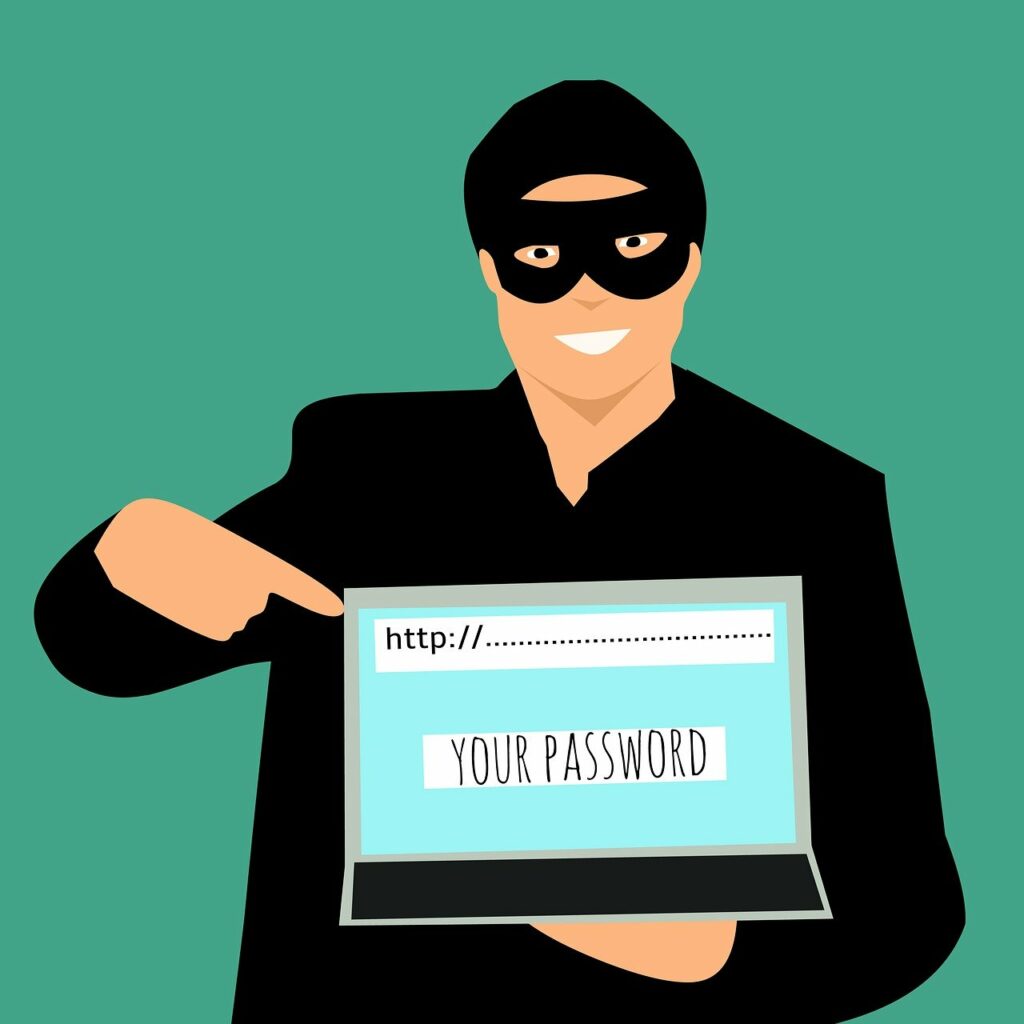Introduction
Password security is one of the fundamental pillars of protecting online accounts. Even though Multi-Factor Authentication (MFA) provides an additional layer of security, a weak or poorly managed password remains one of the main causes of account compromise. As highlighted by Cybermalveillance.gouv.fr and ANSSI, many successful attacks still exploit simple, reused, or predictable passwords.
According to NIST and OWASP guidelines, passwords should be long, unique, and never stored in an insecure manner. Understanding these common password mistakes helps users adopt better practices and significantly strengthen their overall security.

Common Password Mistakes
1. Using simple or predictable passwords
Cybermalveillance.gouv.fr reports that passwords like “123456”, “password”, “qwerty”, or simple dictionary words are still widely used. These passwords can be cracked in seconds by automated tools.
2. Reusing the same password across multiple accounts
ANSSI stresses that reusing passwords is one of the biggest security risks. If one website suffers a data breach, attackers can use automated credential stuffing to access all other accounts using the same password.
3. Using personal information
Many users create passwords using predictable information such as names, birthdays, pets, or locations. These personal details are often easy to find on social media, making attacks much easier.
4. Storing passwords insecurely
According to ANSSI and Cybermalveillance, writing passwords on paper, keeping them in an unprotected file (e.g., “passwords.txt”), or storing them in phone notes exposes them to unauthorized access.
5. Not updating compromised passwords
NIST guidelines state that passwords should not be changed too frequently, but they must be changed immediately if compromised or suspected to be leaked. Many users ignore this rule and keep using their old compromised passwords.
Examples of Common Mistakes
- Using passwords like “0000”, “admin123”, “sunshine2020”
- Using the same password for email, social media, and shopping accounts
- Creating passwords based on birthdays, names, or common phrases
- Saving passwords in a plain text file on a computer
- Continuing to use a password involved in a data breach
Conclusion
Password-related mistakes remain one of the primary weaknesses in digital security. By adopting simple practices—using long, unique, non-personal passwords and updating them when compromised—users can drastically reduce the risk of cyberattacks. Recommendations from Cybermalveillance, ANSSI, NIST, and OWASP provide a solid and reliable framework for improving password hygiene and overall account protection.
Sources Used
1. Cybermalveillance.gouv.fr – Good password practices
https://www.cybermalveillance.gouv.fr/tous-nos-contenus/bonnes-pratiques/mots-de-passe
2. ANSSI – Security recommendations
3. NIST – Digital Identity Guidelines (SP 800-63B)
https://pages.nist.gov/800-63-3
4. OWASP – Authentication Cheat Sheet
https://cheatsheetseries.owasp.org/cheatsheets/Authentication_Cheat_Sheet.html